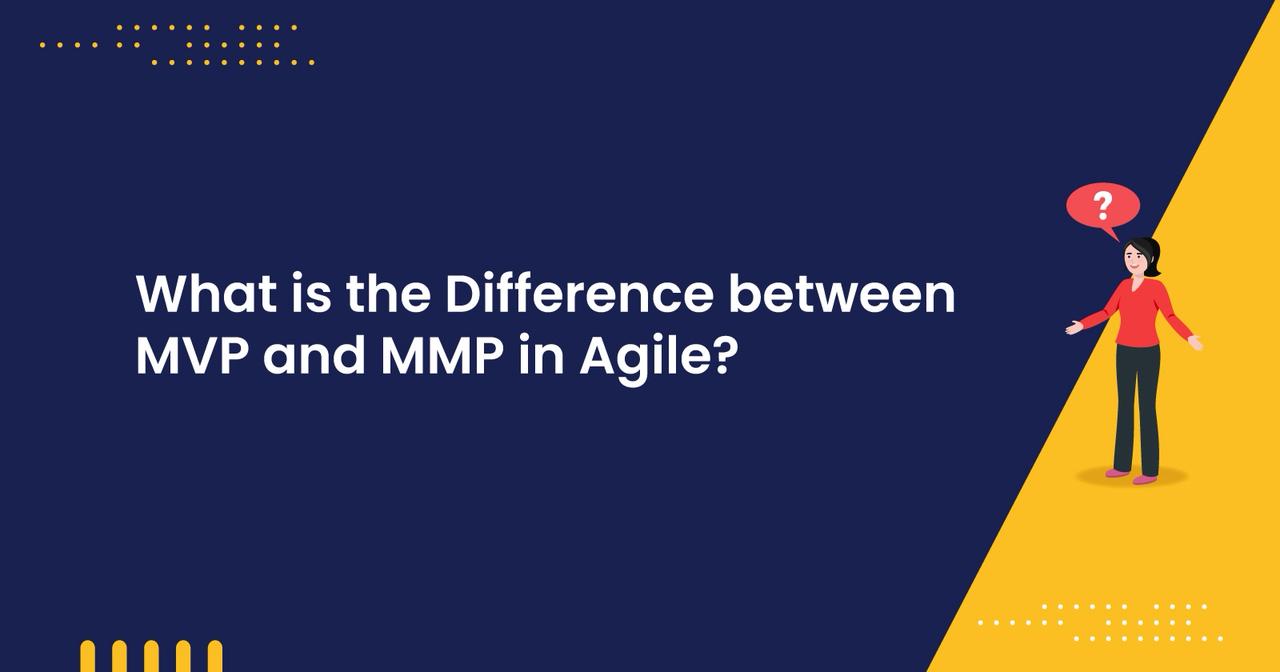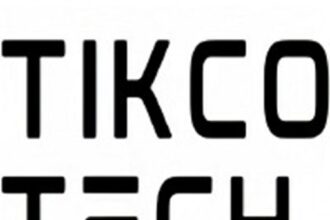In modern businesses, Agile approaches are increasingly accepted by multiple companies. Along with Agile, many terms have been introduced that increase confusion in application, like Minimum Viable Product (MVP) or Minimum Marketable Product (MMP). Sometimes, people mix these terms as they are unaware of their exact meaning. However, the terms have quite different meanings.
If you have the same issues related to these terms, then this article will help you understand their exact meaning and differences. CSM Certification allows you to comprehend the process of MVP and MMP in product development.
What Is MVP in Agile?
In Agile, MVP signifies an early stage of a product with just the appropriate features and functionality to examine how well it works and receive feedback on further improvement. It is not a fully developed and functional product; it is for testing user experiences to make it more effective and user-friendly.
Now, the question arises: Why are we using MPV in agile? It is mainly for getting users’ feedback to improve the product’s acceptability and significance. The process helps the development team to make a more human-oriented end product that satisfies the customer’s demands.
Why Are MVPs Important for Businesses?
MVP helps companies understand what their customers want. Let’s talk about some more reasons why MVP is acceptable in Agile:
- Most companies fear spending a lot on software development until they recognize what the customer thinks. Instead, businesses want instant feedback on their work to ensure their money is well spent.
- Suppose you launch a new product after two years of development. However, the product does not get market appreciation. This is because customer needs have changed during this time of growth. Also, you do not concentrate on customer expectations; your offer is valueless. MVP helps you learn about your users and how their needs change over time, so you can make the product meet them.
- Using an MVP makes product development easy and quick. Developers can improve their designs based on customer demand, which means the product’s success can be predicted after it is launched.
What is MMP?
MMP is a process that encourages businesses to focus on delivering small, valuable offerings to users. The primary idea behind the MMP is that less can be effective in the long run. It offers a minimum set of features that can provide users with value. However, the features are selected carefully to differentiate the market from competitors. This ensures your product has the best offerings and capabilities to stand out in the competitive market. Now you can understand that MVP primarily focuses on testing the product to gather feedback from the market. On the other hand, MMP is the ready version of your product with minimum features and offers real value to the customer.
How Does MMP Help Businesses?
MMP has multiple benefits, such as:
- It decreased time-to-market by concentrating on only a handful of vital features.
- Launching the product quickly and immediately providing value with the right features.
- MMP allows for a faster return on investment (ROI).
- As the product has a simple offering, revenue can be generated quickly.
- Businesses focusing on delivering an MMP can avoid the pitfalls of overengineering their product.
- It reduces unnecessary costs, longer development cycles, and cluttered offerings.
MVP vs MMP
MVP differs from MMP, but sometimes, it creates misunderstandings and confusion. Check out the differences:
| MVP | MMP |
| MVP is used to understand a customer’s behavior and expectations. Therefore, the process requires less effort, such as using simple ads to develop a simple product to achieve customer feedback. | Meanwhile, MMP requires extensive research and analysis to identify the product’s specific use that attracts the customer. The primary goal of MMP is to earn and sell products based on features that satisfy customers’ demands. |
| MVP is not the actual product and does not provide assurance that the customers will accept the product after launch. | MMP is an actual product with some advanced features. |
| MVP helps to understand the product’s reach and get customer feedback to improve the product features. Whatever the developers planned initially may have changed entirely based on customer preferences. Sometimes, the product can be abandoned depending on customer choice. Otherwise, the developers must make desirable changes to make the product user-friendly. | MMP is not like that. Your product’s specific features grab the target audience’s attention, reducing the risk of complete failure. |
| On the other hand, MVP starts with the hypothesis that the target audience wants a particular product. The development team builds an MVP product and releases it to the market. Then, the process considers feedback regarding their hypothesis and justifies their product parameters with customer feedback. | An MMP is different because it is meant for both new and old users. It is about selling products with new specifications to reach new markets and customers. |
| MVP saves money and effort in building a product that is not accepted by the end-users. It helps the developers to incorporate the customer feedback to make the end product more acceptable. | MMP helps businesses retain customers and expand their markets. |
Final Thoughts
In a competitive market, customer satisfaction and retention are the primary keys to continuing the business. In addition, multiple products with various features raise competition to create individuality in the market. Therefore, MVP and MMP both help in increasing the product’s credibility and acceptance. Considering the customer’s preferences makes the product easily acceptable in the existing market. Both processes reduce the risk of over-engineering, which stuffs the product with unwanted features. Thus, it reduces unwanted costs and prevents the dilution of product core values. If you want to explore this further, PSM Training can help you learn about the MMP and MVP.

















